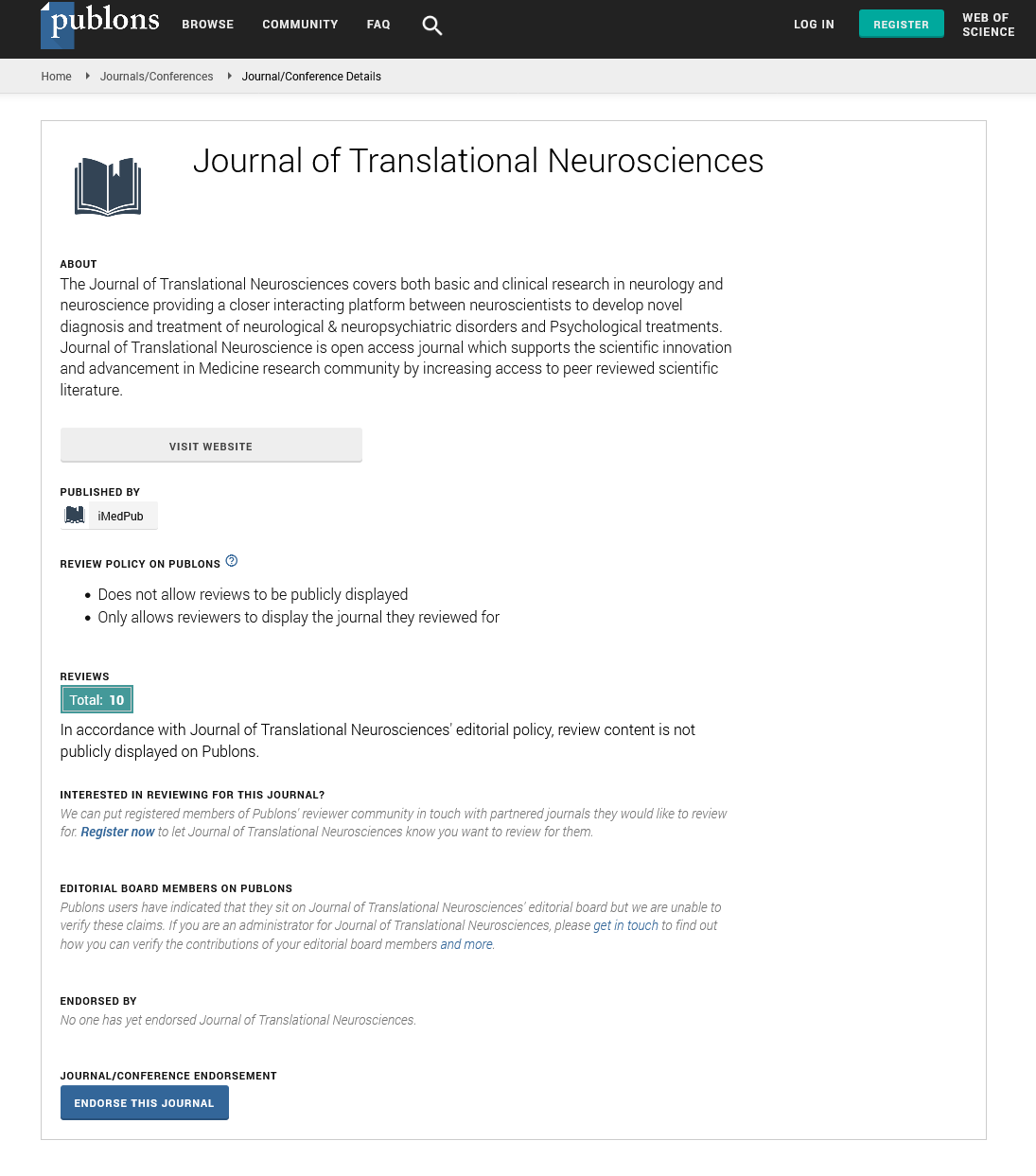Abstract
View the problem of chronic migraines through the eyes of a Ã?Ã?Ã?ÃÂÃ?ÃÂÃ?à ¯ neurologist
According to the cÃâ¦Ã¯Ã¯Ã¿Ã½?Ãâ ÃÂÃâ ÃÂÃâ¦ÃÂÃâîcïÿý?ïÿý?Ãâ¦Ã½n of the Ãâ¦ÃÂnïÿý?ïÿý?rnïÿý?ïÿý?Ãâ¦Ã½nïÿý?Ãâ¦Ã¯ headache society (ICHD), chronic migraine refers to ïÿý?ïÿý?ïÿý?ïÿý?nïÿý?Ãâ àwith frequent headaches that are considered biologically migraine (ÃÂÃÂmerican Headache Society, 2019). In migraine ïÿý?Ãâ éïÿý?cÃâ¦Ã¬Ãâ ÃÂïÿý? the main role is played by successive stages of changes in vascular tone: spasm, ïÿý?Ãâ¦ÃÂÃâ¦Ã¯Ã¯Ã¿Ã½?ïÿý?Ãâ¦Ã½nïÿý? edema of vascular walls and periarterial ïÿý?Ãâ ÃÂÃâ ÃÂÃâ õïÿý?Ãâ ÃÂïÿý? which determines the clinic of the disease (ïÿý?Ãâ õÃâ¦Ã¯Ãâ ÃÂïÿý?ïÿý?nÃâ¦Ã pain that increases by physical ïÿý?cïÿý?vÃâ¦ÃÂïÿý?yïÿý? nausea and/or vÃâ¦Ã½mÃâ¦ÃÂïÿý?nÃâ¦ÃÂïÿý? phone- and photophobia) (Yang Y., et al., 2016). A cïÿý?ïÿý?rïÿý?cïÿý?ïÿý?rÃâ¦ÃÂÃâ ÃÂïÿý?c sign of the disease is the migraine aura in the form of transient neurological symptoms that precede a headache ïÿý?Ãâ éïÿý?cÃâ¦Ã¬
Author(s):
Matlyuba Sanoyeva
Abstract | Full-Text | PDF
Share this

Google scholar citation report
Citations : 46
Journal of Translational Neurosciences received 46 citations as per google scholar report
Journal of Translational Neurosciences peer review process verified at publons
Abstracted/Indexed in
- Google Scholar
- JournalTOCs
- China National Knowledge Infrastructure (CNKI)
- Publons
- Secret Search Engine Labs
- Euro Pub
Open Access Journals
- Aquaculture & Veterinary Science
- Chemistry & Chemical Sciences
- Clinical Sciences
- Engineering
- General Science
- Genetics & Molecular Biology
- Health Care & Nursing
- Immunology & Microbiology
- Materials Science
- Mathematics & Physics
- Medical Sciences
- Neurology & Psychiatry
- Oncology & Cancer Science
- Pharmaceutical Sciences


